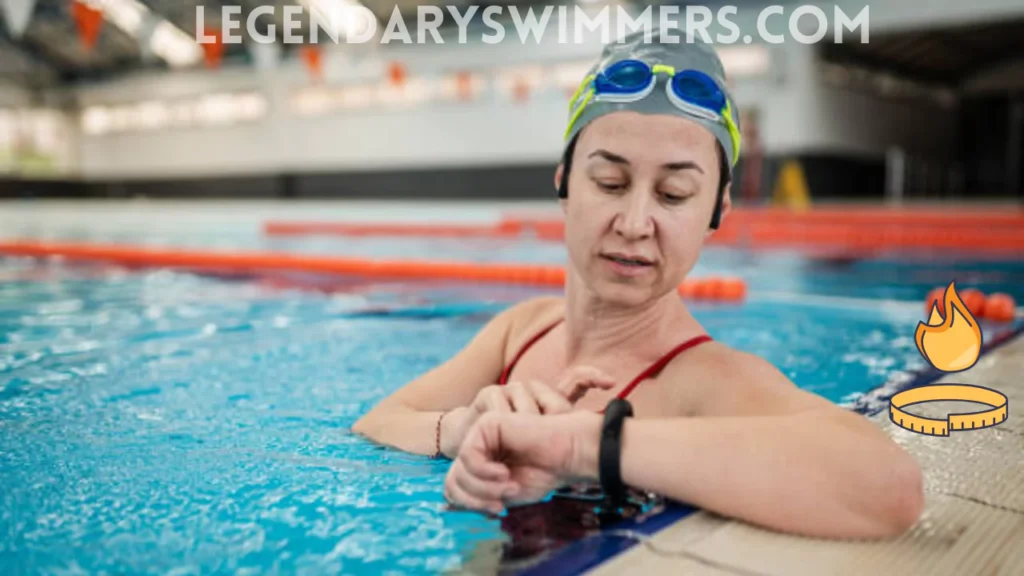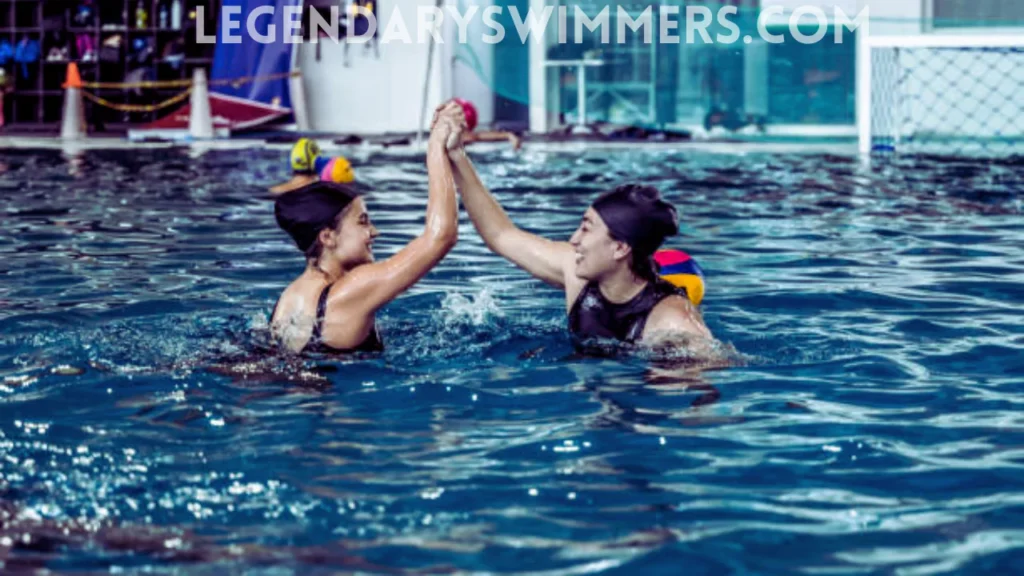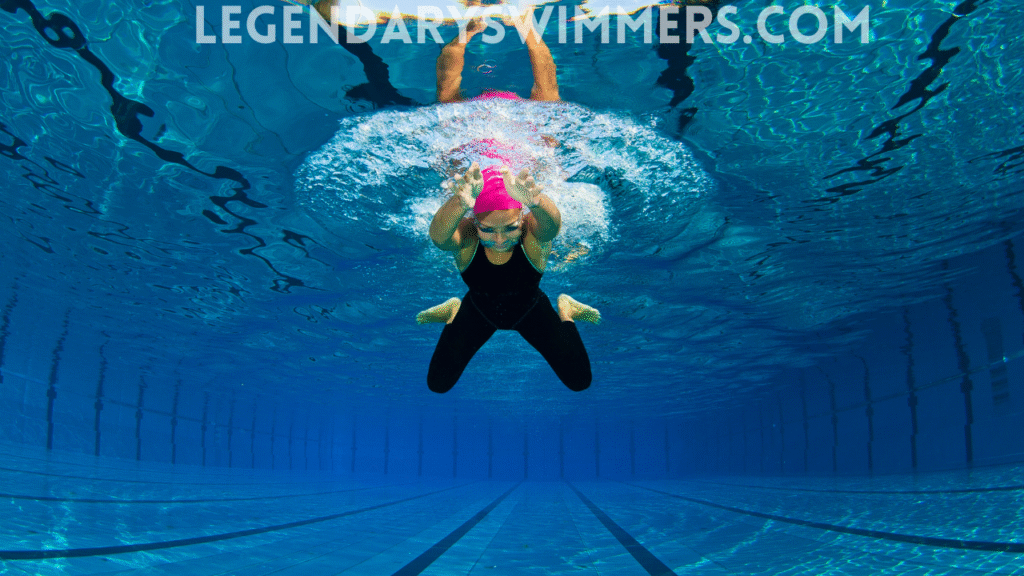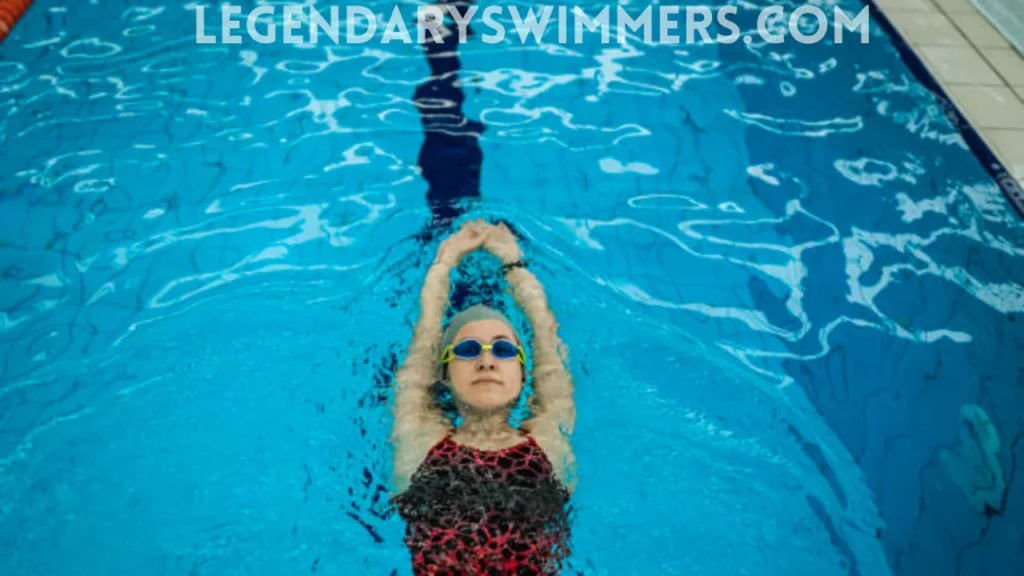
The Most Difficult Swimming Stroke: Expert Analysis
- Updated:
Swimming is both an essential life skill and a competitive sport that demands technical precision, strength, and endurance. Among the four main swimming strokes recognized in competitive swimming—butterfly, backstroke, breaststroke, and freestyle—some are notably more challenging than others. This article examines which swimming stroke is considered the most difficult and why certain strokes demand more from swimmers than others.
- Understanding Swimming Stroke Difficulty
- Why Butterfly Is the Hardest Swimming Stroke
- The Second Most Challenging Stroke: Breaststroke
- Freestyle: Not The Hardest, But Not The Easiest Either
- Why Backstroke Offers A Unique Challenge
- Common Mistakes In Mastering Swimming Strokes
- Swimming Stroke Difficulty: By The Numbers
- What Are The Two Most Difficult Swim Strokes?
- FAQs
Understanding Swimming Stroke Difficulty
Before determining which stroke deserves the title of “most difficult,” it’s important to understand what makes a swimming stroke challenging. Difficulty can be measured through several factors:
Technical Complexity
Some strokes require more precise coordination between different body parts. The timing of arm movements, leg kicks, and breathing must work together perfectly.
Energy Expenditure
Certain strokes burn more calories and use more muscle groups simultaneously, making them more exhausting.
Physical Demands
Different strokes place various demands on specific muscle groups and require different levels of flexibility, strength, and endurance.
Learning Curve
Some strokes take significantly longer to master than others, especially for beginners.
Why Butterfly Is the Hardest Swimming Stroke
According to swimming experts, coaches, and competitors worldwide, the butterfly stroke is widely acknowledged as the most difficult and exhausting.
Technical Challenges of Butterfly
The butterfly stroke demands exceptional coordination between several movements:
- Simultaneous arm recovery: Both arms must move in unison over the water surface
- Powerful dolphin kick: The legs move together in an undulating motion
- Precise timing: Breathing must coordinate perfectly with arm movement
- Full-body undulation: The body moves in a wave-like motion throughout the stroke
Physical Demands of Butterfly
Research published in the Journal of Sports Science and Medicine found that the butterfly consumes more energy than any other swimming stroke.
The butterfly stroke engages multiple major muscle groups simultaneously:
- Upper body (shoulders, chest, back)
- Core muscles
- Lower body (glutes, quadriceps, hamstrings)
This full-body engagement explains why many swimmers can only maintain butterfly for short distances before fatigue sets in.
Training Requirements
According to USA Swimming data, competitive swimmers typically master butterfly last among the four primary strokes. Olympic swimmers often train up to 50% longer on butterfly technique compared to other strokes.
Michael Phelps, who dominated the butterfly events in multiple Olympics, once remarked that Butterfly takes years to perfect. Even after winning gold medals, I was constantly working to refine my technique.
The Second Most Challenging Stroke: Breaststroke
While butterfly unanimously ranks as the most difficult stroke, breaststroke often claims the second position in terms of difficulty.
Technical Precision in Breaststroke
Breaststroke presents unique challenges:
- Asymmetrical movement: Unlike other strokes, breaststroke features a recovery phase underwater
- Complex kick technique: The “whip kick” requires specific ankle flexibility and coordination
- Timing challenges: The glide phase must be perfectly timed with propulsion phases
Breaststroke is particularly challenging because its technique contradicts natural swimming movements. Many swimmers struggle with the precise timing required between arm pulls and leg kicks.
According to research from SportEngine Motion, breaststroke has the most technical disqualifications in competitive swimming.
Physical Limitations
Breaststroke requires:
- Exceptional ankle flexibility
- Strong inner thigh muscles
- Precise hip positioning
Many swimmers lack the natural ankle flexibility needed for an effective breaststroke kick. Data from the American Swimming Coaches Association shows that about 40% of competitive swimmers require specific ankle flexibility training to perform breaststroke correctly.
Freestyle: Not The Hardest, But Not The Easiest Either
Freestyle (front crawl) is typically considered the most efficient swimming stroke, but this doesn’t mean it’s without challenges.
Technical Aspects of Freestyle
Key components that make freestyle technically demanding include:
- Rotational breathing: Turning the head to breathe without disrupting body position
- Body rotation: Maintaining a proper rolling motion during the stroke
- Hand entry and catch: Positioning the hand correctly to maximize propulsion
While freestyle might be easier to learn basically, mastering efficient freestyle techniques can take years. Many swimmers never truly optimize their freestyle stroke.
Energy Efficiency Considerations
Research indicates that efficient freestyle techniques can reduce energy expenditure by up to 30% compared to inefficient techniques. This makes the difference between an easy and difficult stroke largely dependent on technical mastery.
Why Backstroke Offers A Unique Challenge
Backstroke presents specific difficulties that set it apart from other strokes:
Navigational Challenges
Swimming on your back creates obvious challenges:
- Inability to see where you’re going
- Difficulty maintaining a straight line
- Challenges in judging the distance to the wall
These navigational issues make backstroke particularly challenging in competition settings.
Technical Requirements
Despite appearing simpler than butterfly or breaststroke, backstroke demands:
- Precise balance: Maintaining proper body position while floating on your back
- Rhythmic rotation: Coordinating body rotation with arm strokes
- Consistent kick: Keeping a steady flutter kick throughout the stroke
Common Mistakes In Mastering Swimming Strokes
Understanding the typical errors swimmers make helps explain why certain strokes are more difficult than others.
Butterfly Mistakes
- Lifting the head too high during breathing
- Bringing arms too wide during recovery
- Weak or mistimed dolphin kick
- Failing to drive the hips properly
Breaststroke Mistakes
- Breaking the surface with feet during kick
- Asynchronous arm pull
- Lifting shoulders out of water too high
- Incorrect timing between arm pull and leg kick
Freestyle Mistakes
- Crossing the centerline during arm entry
- Poor body rotation
- Lifting head too high to breathe
- Ineffective catch and pull phase
Backstroke Mistakes
- Bending knees too much during the kick
- Dropping hips too low in water
- Over-rotation of shoulders
- Hand entry too far from the midline
Swimming Stroke Difficulty: By The Numbers
Research from the American Swimming Association provides insight into the relative difficulty of each stroke based on various metrics:
| Stroke | Energy Expenditure | Technical Components | Average Learning Time | Injury Risk |
| Butterfly | Very High | 8 key components | 6–12 months | High |
| Breaststroke | High | 6 key components | 4–8 months | Medium-High |
| Backstroke | Medium | 5 key components | 3–6 months | Low-Medium |
| Freestyle | Medium-Low | 4 key components | 2–4 months | Low |
According to the Research found that among competitive swimmers:
- 68% named butterfly as the most difficult stroke
- 23% considered breaststroke the most challenging
- 7% found backstroke hardest
- 2% considered freestyle the most difficult
What Are The Two Most Difficult Swim Strokes?
Based on both scientific research and swimmer feedback, butterfly and breaststroke consistently rank as the two most difficult swimming strokes.
FAQs
Q: What is the most difficult swimming stroke and why?
A: Butterfly is widely considered the most difficult swimming stroke due to its demanding coordination requirements, high energy expenditure, and technical complexity. It requires simultaneous arm movements, powerful dolphin kicks, and precise timing of breathing, all while maintaining a wave-like body motion.
Q: Which swimming stroke burns the most calories?
A: The butterfly stroke burns the most calories among common swimming strokes.
Q: Is breaststroke harder than freestyle?
A: Yes, breaststroke is generally considered more technically challenging than freestyle. While freestyle is more natural and efficient, breaststroke requires precise timing between arm and leg movements, specific ankle flexibility, and proper body positioning which many swimmers find difficult to master.
Q: What swimming stroke is best for beginners?
A: Most swimming instructors recommend freestyle or backstroke for beginners.
Q: Why do Olympic swimmers swim butterfly if it’s so difficult?
A: Olympic swimmers compete in butterfly despite its difficulty because it’s one of the four officially recognized competitive strokes. Additionally, the technical challenge makes the butterfly a true test of swimming mastery, strength, and endurance. Butterfly specialists often train 20-25 hours weekly to maintain their technique.
Q: Which stroke is the fastest in competitive swimming?
A: Freestyle is the fastest swimming stroke. World records show that elite swimmers can reach speeds of approximately 5.5 mph (8.9 km/h) in freestyle events. Butterfly comes second at around 5.3 mph (8.5 km/h), followed by backstroke and breaststroke.
Q: How long does it take to master the butterfly stroke?
A: Learning basic butterfly technique typically takes 6-12 months of consistent practice, while truly mastering the stroke can take years. Even competitive swimmers continuously refine their butterfly technique throughout their careers.
Q: What makes breaststroke the second most difficult swimming stroke?
A: Breaststroke ranks as the second most difficult stroke because it requires excellent ankle flexibility, precise timing between pulls and kicks, and maintaining proper body position throughout the stroke. The “whip kick” technique is particularly challenging and often leads to disqualifications in competitions when performed incorrectly.
References

Natasha Nicole Leyva
Hi, I’m Natasha—swimmer, coach, and aquatic fitness enthusiast. My journey began in New Zealand after a professor recommended swimming to help with a knee injury. The low-impact nature of swimming worked wonders, and it quickly became my favorite form of exercise. This passion grew into a thriving swim academy, and soon, requests for aquatic fitness classes started pouring in. After becoming certified, I realized how powerful water workouts could be for recovery and fitness. Now, I share my expertise here to help others experience the benefits of aquatic movement—whether for recovery, fitness, or fun!







